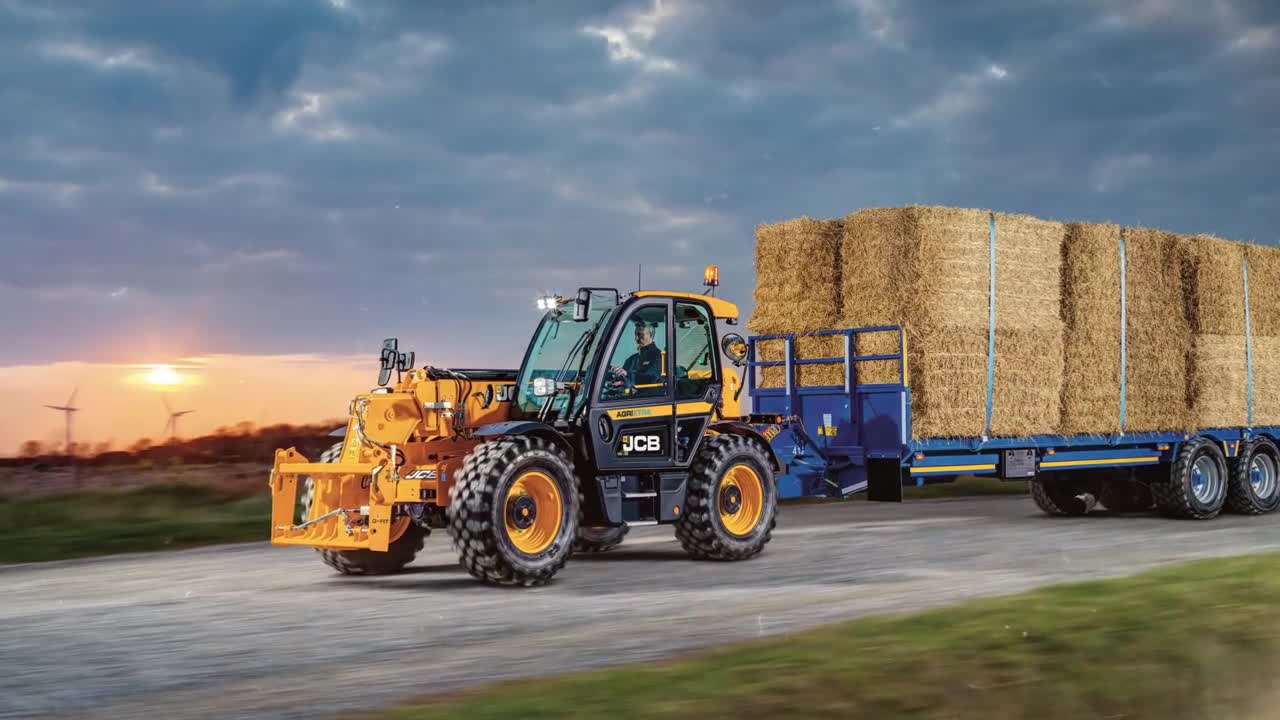Syncron Dealer Parts Planning für Scot JCB
In den ersten Tagen der Pandemie gab es Herausforderungen, aber Scot JCB weiß, wie man den Bestand im gesamten System nutzt, um Engpässe zu vermeiden und die Ausrüstung der Kunden so schnell wie möglich wieder einsatzbereit zu machen. Erfahren Sie, wie die Syncron Retail Inventory es Scot JCB ermöglichte, den Kunden während der Pandemie ein „Business-as-usual“-Erlebnis zu bieten.
Vollständige Transkription
Scot JCB identifiziert Trends für ein besseres Bestandsmanagement
Ryan Espie, Group Parts Manager / Scot JCB
We centrally control JCB but we have allowed some of our other staff to become involved with other suppliers. Within Syncron we probably have at least 20 suppliers and we are looking to bring a few more in.
Simply because it is so successful in terms of, you never miss a sale, it will always suggest you order a replacement. You don’t have to, but you always have that suggestion in front of you to review.
Stuart McCarlie, Assistant Parts Manager / Scot JCB
The more suppliers we can get onto Syncron, the easier it is to manage our stock. And if we can get these suppliers to buy in, we will get annual parts return with very little or no handling charges on returned parts.
Ryan Espie, Group Parts Manager / Scot JCB
We differ from others who use the system in that we do it centrally, but we feel that gives us a greater element of control, and a clearer picture from a management perspective as to where all stock is, and anomalies that come from anything that we are ordering as we go.
So, Syncron will also look to identify slower moving items at various other depots. We can save huge amounts of money by moving stock at, for example our northern depots which might have different machinery parts than ones in the Midlands or southern depots. And we can move stock between the depots that you’ve already bought and paid for and be used at another depot. Otherwise you would probably, with a normal ordering system, be ordering from the supplier without knowing you had surplus elsewhere.
It is surprising what the system can identify. Like some old radiator that cost 600 or 700 pounds that has been sitting on a shelf in a northern depot for some unknown reason, and maybe we have sold 2 or 3 in a depot much further south.
It is genuinely surprising looking at it sometimes: 1 – There is no way you would ever pick up on it in any other system, and 2 – Just the benefit you can gain from not having to purchase another one of those radiators whilst unknowingly having it in another location that is not moving and will not sell.
